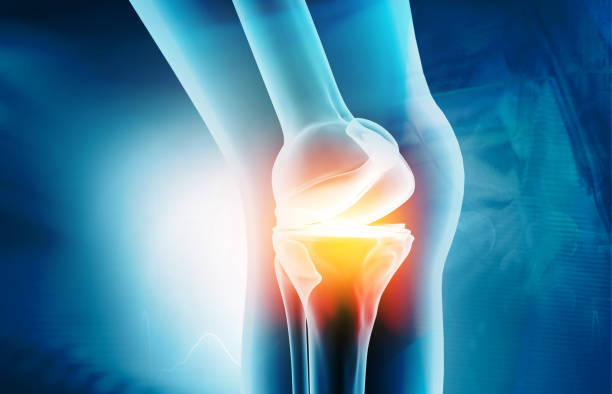
Medial meniscus ramp and lateral meniscus posterior root lesions are present in more than a third of primary and revision ACL reconstructions
03/08/2022
Amanda Magosch, Caroline Mouton,
Christian Nührenbörger & Romain Seil
Abstract
Purpose
The purpose of this study was (1) to describe the meniscus tear pattern in anterior cruciate ligament (ACL)-injured patients, with a special focus on medial meniscus (MM) ramp lesions and lateral meniscus (LM) root tears and (2) to determine whether patient and injury characteristics were associated with meniscus tear patterns.
Methods
Data from 358 cases of ACL primary and revision reconstruction surgeries were extracted from a center-based registry. During arthroscopy, the presence of associated meniscus lesions was documented by systematically inspecting the anterior and posterior tibiofemoral compartments. With a special focus on MM ramp lesions and LM root tears, groups of different injury tear patterns were formed. Chi-square tests were used to determine whether these groups differed with respect to various patient and injury characteristics, including gender, previous ipsilateral ACL injuries, the injury’s relation to sport, person contact during injury and the type of ACL tear. Median age at surgery and body mass index were compared between groups using the Kruskal–Wallis test. Significance was set at p < 0.05.
Results
Two hundred and thirty-nine ACL injuries (67%) showed additional meniscal injuries, of which 125 (52%) involved the MM ramp and/or the LM root. Ramp lesions were more frequent in males (23% vs 12% in females, p < 0.01), in contact injuries (28% vs 16% in non-contact, p < 0.05) and in complete ACL tears (21% vs 5% in partial, p < 0.05). Combined injuries of the MM ramp and the LM root showed a higher percentage of contact injuries compared to non-contact injuries (10% vs 4%, p < 0.05).
Conclusion
Two-thirds of all ACL injuries showed a concomitant meniscus injury, of which half involved the biomechanically relevant, but previously often undiagnosed RLMM or the PRLM. These findings provide evidence that until recently about half of ACL-associated meniscus injuries were not properly identified. Ramp lesions were more frequent in males, contact injuries and in complete ACL tears. These findings stress the need for a systematic assessment and a better understanding of the pathomechanism of these specific injuries which may have an important impact on knee biomechanics and the outcome of ACL reconstruction.
